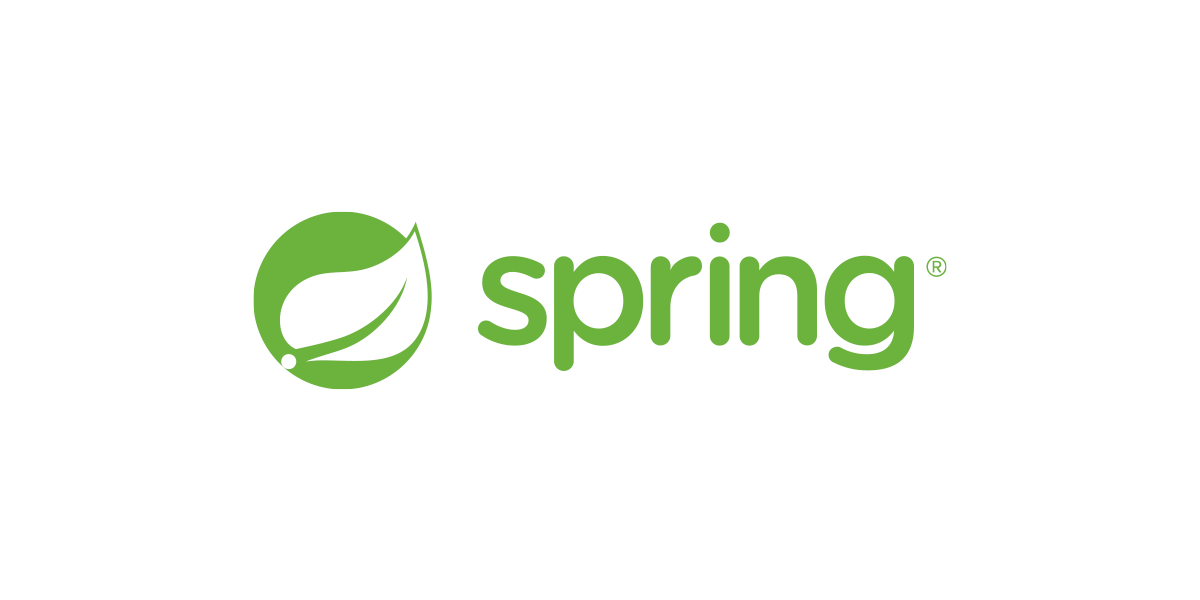标签
apache
相关的文章:本列表页汇集了关于 Apache 生态系统的多篇文章,涵盖从服务器搭建、数据处理到开源项目的最新动态,帮助读者深入了解 Apache 技术的应用与发展。
A minimal, vendor-agnostic JavaScript client for the Apache Iceberg REST Catalog API, providing type-safe catalog management for JavaScript and TypeScript developers.
Blog - Supabase ·

The Apache Software Foundation Blog ·
Apache HTTP Server 是一种流行的开源 Web 服务器软件,适用于各种网站和应用。本文详细介绍了在 Linux 系统中安装、配置、维护 Apache 服务器的全过程,包括安全和性能优化,适合不同经验水平的用户。
极客技术博客’s Blog ·

The Apache Software Foundation Blog ·

Spring ·

Databricks ·

The Apache Software Foundation Blog ·

The Apache Software Foundation Blog ·

亚马逊AWS官方博客 ·

The New Stack ·
Apache Tomcat的RewriteValve组件存在漏洞,攻击者可绕过安全限制,访问敏感目录并上传恶意文件,可能导致远程代码执行。受影响版本包括11.0.0-M1至11.0.11等。
FreeBuf网络安全行业门户 ·
r2t 是一个用 Rust 编写的命令行工具,能够快速将代码仓库导出为文本文件,支持多种格式,遵循 .gitignore 规则,自动排除二进制和测试文件,且具备跨平台兼容性。Apache Fory Rust 是一个高性能的序列化框架,支持多语言,简化数据的序列化与反序列化。

freeCodeCamp.org ·

The Apache Software Foundation Blog ·



